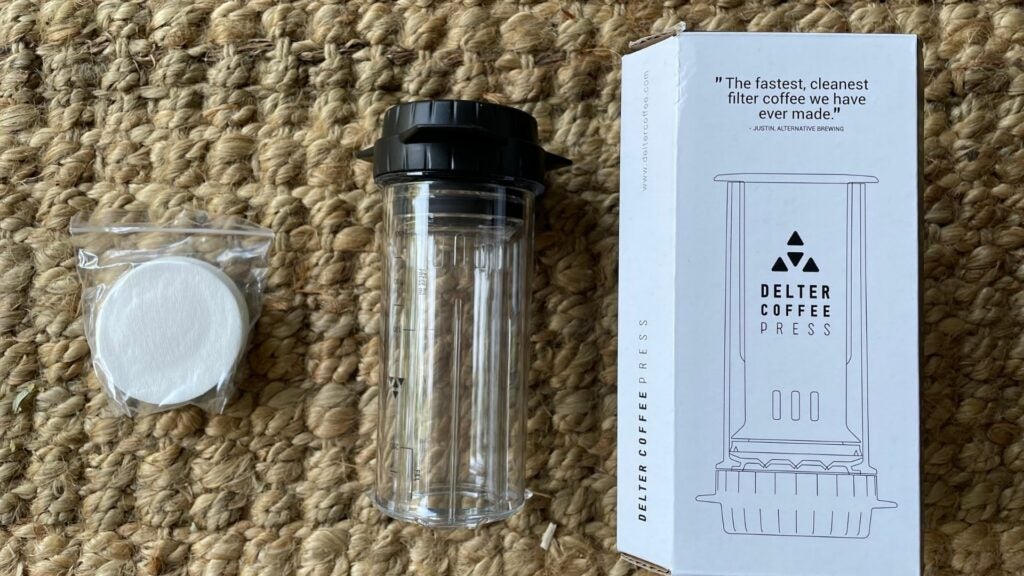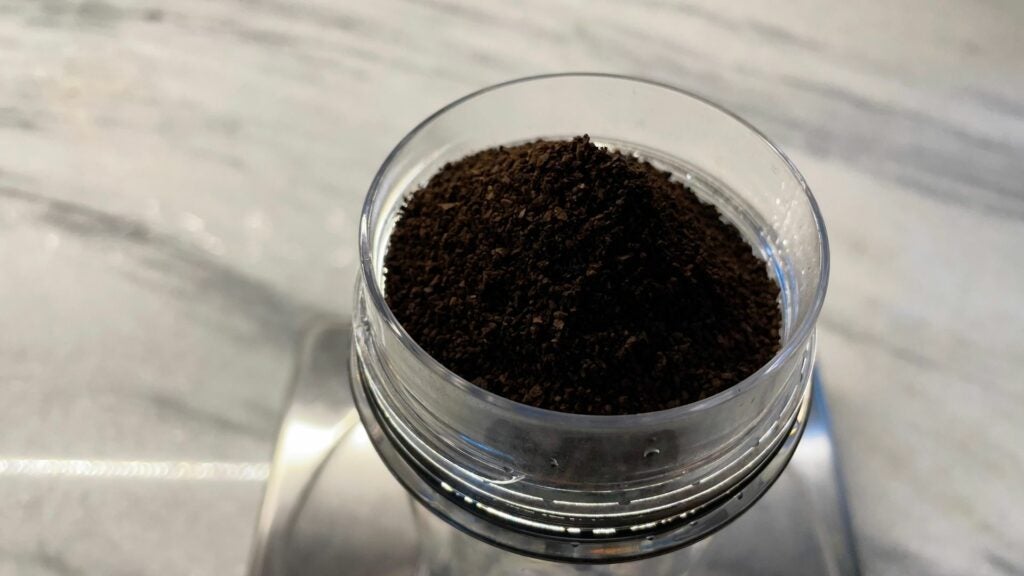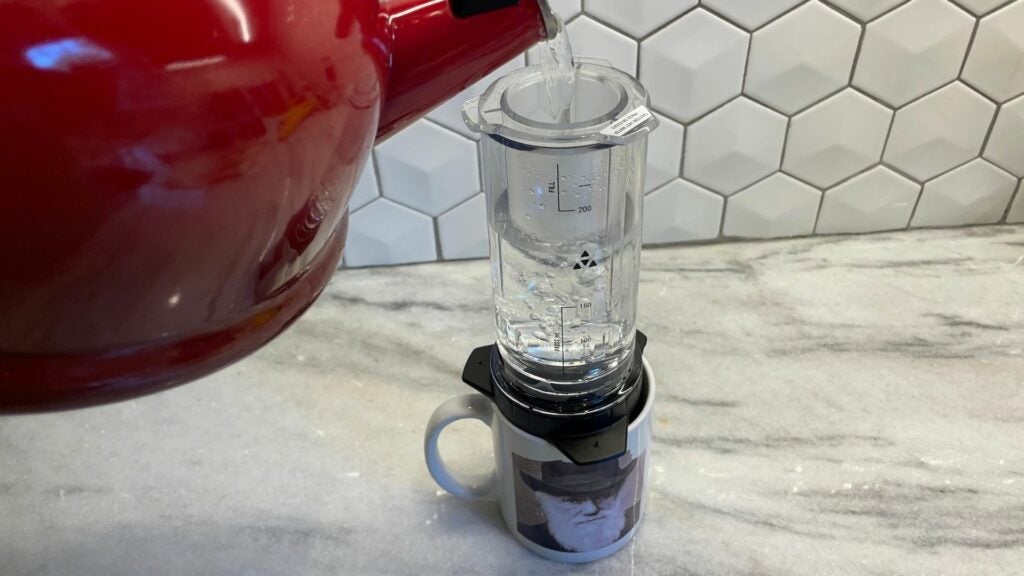Did you know coffee is the second most valuable legally traded material on the planet? It also changed the way people think and helped fuel the Enlightenment — the greatest expansion in science, art, literature, and political freedom in the history of human civilization.
Prior to the Arabs innovating this majestic beverage from little red beans in the 13th century, most Europeans just drank some form of alcohol all day long since their water wasn’t safe to drink. During the Middle Ages, people drank beer and wine and alcohol daily, even hourly, because of all the cooties in their water. While we all know alcohol is a depressant and dulls our wits, coffee— caffeine specifically — had the opposite effect. It’s a stimulant that sharpens the mind. And with coffee came the first coffeehouses in the 1650s where Enlightenment thinkers gathered to fuel their stoke, shirk their bosses, and talk about cool stuff like the parachute, the idea the Earth revolves around the sun, optics, portable watches, the importance of science and reason (which seems to be in short supply today), and democracy. As the famed science and technology writer Steven Johnson said, coffeehouses were engines of human innovation. And if coffeehouses were the engines of innovation, coffee was its nitrous oxide injection system.
When speaking of injection systems, a relatively new product came across my desk the other day: the Delter coffee press. If you read my previous review on the mighty AeroPress, dear reader, you will have learned that unlike cannabis but just like alcohol, humans can overdose and die from coffee (typically about 50 to 100 cups in rapid succession depending on the brew strength). With this caveat in mind and my Operational Risk Management matrix completed, I set out to test and evaluate the Delter coffee press.
Unboxing
The Delter coffee press arrived in a wonderfully designed triangular-shaped box cleanly decorated in black and white. On the front of the box, a quote from Justin of Australia’s Alternative Brewing proclaimed the Delter coffee press to be “the fastest, cleanest filter coffee we have ever made.” The second panel on the box explained how Delter’s jet-seal technology solved one of coffee’s biggest brewing problems — agitation (I had no idea.) — by keeping the grounds and water separated to achieve less bitterness and more clarity. The Delter has a first stage in the process of brewing that pre-infuses the grounds to allow them to bloom so that all of the grounds are evenly saturated, producing a cleaner, smoother cup while minimizing the likelihood of over-extraction. The third panel claimed Delter had created a new way to brew through their injection method.
Would these claims be validated? Would Justin of Alternative Brewing be proven correct? Grab a cup of Joe, dear reader, find a comfortable place to sit, and settle in for this cosmic coffee ride.

How we tested the Delter coffee press
When evaluating coffee gadgets, I exclusively use them for a week in my kitchen. If they weigh less than 171 grams (6.03 ounces), I’ll also test them in field conditions since I’m always looking for lighter, more capable, and cheaper equipment than my current coffee press for backcountry use. (Lord, I hate a heavy backpack.) At 228 grams (7.76 ounces), this wasn’t the case for the Delter coffee press. I use the same coffee brand for every evaluation yet vary the grind and brew time depending on the technology — finer and shorter brews for pour-over gadgets and coarser and longer brews for infusion makers. If the machine is capable, I’ll try both hot brewing and cold brewing to test device versatility. I always follow the manufacturer’s instructions to a T for the first several trials and then go on the internet to check out baristas’ recommended recipes and combinations of grind, amount, water temperature, and brew time. For the Delter, I used the manufacturer’s recipe of 12 to 15 grams of coffee and a two to three-minute brew time, and then tried other variations. Since Delter’s marketing materials boasted double-batch serves, I maxed this daddy out with 22 grams of coffee on multiple presses to achieve a 500 mL yield.

The Delter is a newer product and reached the market in late 2018. While the general morphology of the Delter coffee press is similar to the AeroPress — both designs share a brew chamber, plunger, and filter cap — there are significant differences. First, the Delter coffee press is an injection brewer while the AeroPress is a full infusion brewer. In the Delter, the coffee and water are kept separate until you press the plunger to drive water through a silicone membrane into the coffee grind chamber and through a paper filter. The Delter jet-seal serves as a showerhead of sorts to spray hot water through a puck of coffee grinds similar to how an espresso machine works. In the AeroPress, water and coffee are mixed together and hang out in the same chamber prior to plunging to extract the goodness from the grounds. Both were designed with different goals in mind. The AeroPress was designed for a more robust coffee, able to produce espresso and American style coffee (think a cleaner, less acidic, more robust French press); and the Delter was designed to produce a lighter, cleaner brew (think an improved pour-over). Both are made of rugged materials, are portable, and fairly simple to use, although the Delter didn’t prove to be Marine-proof.
The Delter is made from food-grade silicone, Tritan Copolyester (BPA free), and Polypropylene. It has a brewing capacity of 450mL of water and 28 grams of coffee. The brew chamber is 160mm tall (6.2 inches) and the device has a 61.5mm filter diameter (2.42 inches). Note: If you’re used to using an AeroPress, you’ll want to read the Delter’s instructions carefully or watch a good tutorial on YouTube before using since the device uses a very different system to brew.

What we like about the Delter coffee press
There’s a lot to like about the Delter coffee press. At first contact, I assumed it to be an AeroPress clone. This was a bad assumption. Their designs are fundamentally different. The Delter is an injection brewer while the AeroPress is an immersion brewer. Like the AeroPress, by design and purpose the Delter coffee press is a specialized tool with a specific goal: produce an outstanding cup of coffee, and it achieves this aim. Full disclosure: I’m a former French press devotee and now a reformed AeroPress fanatic. I like my coffee big and bold. The first few cups of coffee I made with the Delter, I used the recommended 12 to 15 grams of coffee per 200 mL of water and the manufacturer’s recipe seemed weak to me. With a few tweaks, I was able to craft a cup more to my preferences, which is a credit to the Delter’s flexibility. Note: The coffee chamber can accommodate up to 28 to 30 grams of coffee depending on the grind.

Second, I liked the aesthetics of the design. From the packaging — which was recyclable cardboard (Yay! No unnecessary single use plastics!) to the product — Delter’s industrial designers really thought through the details to create a visually appealing and modern-looking product. Well done. The clear polypropylene sides and volume markings allow for precise water measurement.
Third, the Delter is rugged. Being made of polypropylene and cylindrical in design, it is nearly indestructible.

Fourth, I also appreciated the capacity of the Delter in that, unlike the AeroPress, I could easily get a double brew without having to reload the coffee chamber. The brewing process was relatively quick compared to many other systems, and it’s very small and light, and thus portable.
Fifth, I also liked that it was an Australian company. I have a soft spot for Aussies. I’ve served with many over my 20 years in the Corps and, quite frankly, they’re one of our few true friends left internationally and they’re great allies.
Lastly, the Delter is a value purchase. At about $35, it is competitive with the AeroPress, the AeroPress Go, and similar devices.
What we don’t like about the Delter coffee press

When I evaluate coffee makers, I always ask myself: 1) does it make a great cup of coffee, 2) is it easy to use, and 3) does it work better (simpler, faster, cheaper) than my current favorite? Undeniably, you can produce a fine cup of Joe with the Delter, but it’s also a bit more complicated than the AeroPress.
First, there are more parts, so it’s slightly more complex and less intuitive to use out of the box. Second, because of the design, I found my hands coming into contact with very hot water more frequently than when I use other devices. The Delter has a silicone doser cap that must be used to manipulate the plunger to avoid the palm of your hand coming into contact with hot water and steam. Again, read the daggone directions first. Third, while it brews a fine hot cuppa, it isn’t capable of cold brewing, so I gave it lower marks for versatility. Fourth, I’m used to the quick and easy clean up of the AeroPress and being able to pop out the expended coffee puck with a satisfying pop. You don’t get the same with the Delter and you have to work a bit harder to thoroughly clean it. Additionally, when I filled the brew chamber with water and pressed on the unit without the coffee chamber cap in place to observe the jet-seal’s spray pattern, the jet-seal popped out of the unit and fell into my garbage disposal. After enjoying the experience of retrieving it, I was able to replace it properly with a wooden spoon handle after a few tries.
While Delter is an Australian company (pro), I didn’t like that it was made in China (con). The AeroPress is made in the good old USA. (Yeah! M’urica!) While the body of the device is made of rugged materials, the silicone seals are not super robust. Further testing is needed to determine long-term durability. Lastly, it’s heavier than the AeroPress Go, so I’m not tossing it in my backpack for my next Appalachian Trail trip. Every gram counts.
Verdict
Does the Delter make a great cup of coffee? Yes. Is it easy to use? Again, yes, but I find the AeroPress simpler and more intuitive to use. Is it simpler, faster, and cheaper than my current favorite? It’s more complex, slower, and about the same price as my current favorite. If you like lighter, cleaner pour-over style brews, you should definitely check out the Delter coffee press. I prefer more robust, French press style coffee and espresso, so I’m keeping my membership card to the cult of AeroPress. If you are used to the AeroPress, you might find the Delter a bit frustrating, but if you are new to handheld coffee makers, you might find the Delter a cool, new, more precise way to brew a tasty cup.
Saved rounds
If you currently own an AeroPress, it’s important to note that the filters for the Delter are not the same. The Delter paper filters are about 2mm smaller than AeroPress filters. And a totally random thought: This reminds me of how the Russians built their 82mm mortars so they could use captured U.S.-made 81mm mortar rounds in it while denying the U.S. the ability to use their larger 82mm mortar rounds in our 81mm tubes. Sneaky Soviets.
FAQs about the Delter coffee press
More questions? Here’s Task & Purpose’s additional brief.
Q. How much does the Delter coffee press cost?
A. You can get one of these babies for about $35 at Amazon or $47 at Walmart.
Q. Can you cold brew with the Delter coffee press?
A. No. Not only no, but hell no. I tried and the coffee came out suuuuuuper weak — like watery, unsatisfying tea. I don’t recommend it, unless you are serving it to people you don’t like. The good news is that Delter does make a cold drip device.
Q. What’s the maximum coffee dose the Delter coffee press can take?
A. The coffee chamber will accommodate about 28 to 30 grams of coffee grounds.
Q. What’s the brew time for the Delter coffee press?
A. Delter recommends a two to three minute brew time for best results. Don’t push too fast on the plunger. If you do, you’ll probably end up with a weaker brew. Conversely, with the AeroPress, if you push too fast, you’ll likely end up with a grittier brew.
Q. How many cups of coffee did you drink for this evaluation?
A. I’ve lost count. I’m not near the LD50 lethal limit, but I am vibrating into another dimension and communicating with dead relatives. Great grandma, is that you?
We’re here to be expert operators in everything How-To related. Use us, compliment us, tell us we’ve gone full FUBAR. Comment below and let’s talk! You can also shout at us on Twitter or Instagram.
Joe Plenzler is a Marine Corps veteran who served from 1995 to 2015. He is a backcountry expert, long-distance backpacker, rock climber, kayaker, cyclist, wannabe mountaineer, and the world’s OK-est guitar player. He supports his outdoor addiction by working as a human communication consultant, teaching at the College of Southern Maryland, and helping start-up companies with their public relations and marketing efforts.
Task & Purpose and its partners may earn a commission if you purchase a product through one of our links. Learn more about our product review process.
